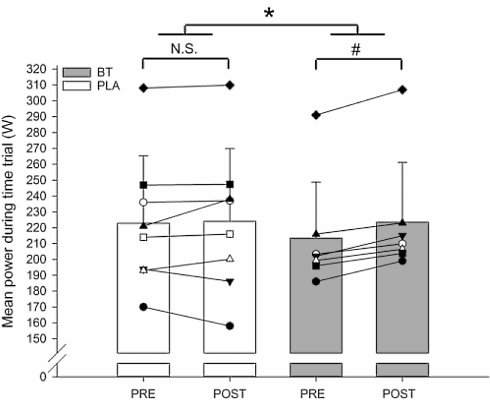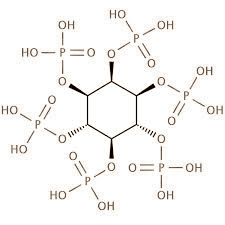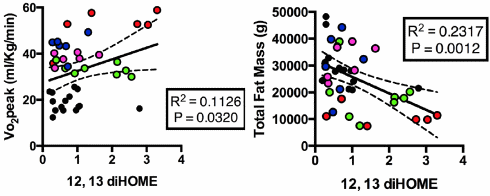|
Safe cobalt doping? Does not exist...
In gigantic quantities, cobalt is a doping agent, we wrote a decade ago. Time has proved us right. Cobalt is now on the doping list, the first athletes have been caught - and now scientists are trying to find out in what amounts of cobalt is active - and in which amounts it isn't. They wonder whether those 'supplements' with cobalt are really effective.
Study
A non-acute-lethal dose of cobalt imitates the effect of hypoxia, and increases the activity of EPO in the body. That is why cobalt administration enhances stamina and endurance, and why WADA added cobalt to its doping list in 2015. Neither this, nor the fears that chronic administration of hefty amounts of cobalt increases the risk of cardiovascular disease, has prevented some endurance athletes from using cobalt as a doping agent.
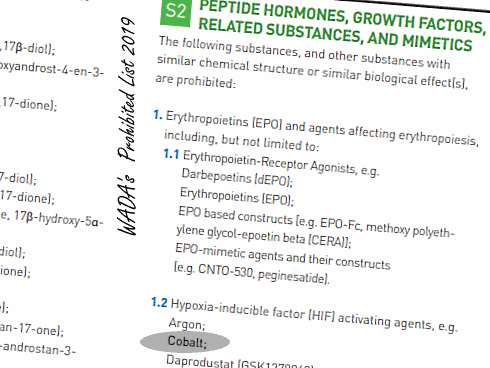
A few years ago, doping hunters caught the Austrian skier Harald Wurm using cobalt. That resulted in a four-year suspension - plus the end of Wurm's sporting career. [fasterskier.com March 26, 2016]
Web shops sell dozens of types of doping preparations with cobalt - and also preparations with nickel, but that is another story - which should make endurance athletes perform better. These are usually liquids that users must administer through an injection or an infusion.
In 2016, researchers at German Sport University Cologne published an analysis of about two dozen of those things. They discovered that these preparations often contain huge concentrations of vitamin B12, and sometimes inorganic cobalt salts. [Int J Sports Med. 2016 Jan;37(1):82-4.]
There are also 'supplements' with substantial amounts of cobalt. They are for oral use. Although researchers do not doubt the performance-enhancing effect of hefty doses and intravenously administered cobalt compounds, it is still unclear whether the smaller - but still huge - amounts that you receive through 'supplements' can improve sports performance.
Study 1
In 2018, a human study was published in Frontiers in Physiology, in which researchers got test subjects to swallow 5 milligrams of cobalt every day for 3 weeks. [Front Physiol. 2018 Sep 19;9:1289.] In the test subjects, the EPO level seemed to rise, but that trend was not statistically significant. The amount of hemoglobin in their blood did increase slightly.
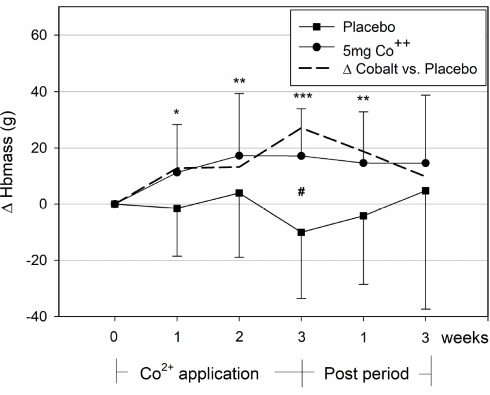

However, the body's ability to transport oxygen [the VO2max] did not increase. Nevertheless, it is a piece of cake to track down athletes who have used cobalt in this dosage. Up to 2 weeks after the subjects took their last dose, they still had an increased cobalt concentration in their urine.
Study 2
In 2019, the researchers published another human study, this time in Drug Testing & Analysis. [Drug Test Anal. 2019 Feb;11(2):200-7.] In that study, the researchers tested a daily dose of 10 milligrams of cobalt for 5 days.
This time the EPO concentration did increase.


Administration of cobalt also resulted in an increase in red blood cell production. It is more than likely that with this dosage, the body's ability to transport oxygen also increases, and the subjects' ability to perform sustainably improves. Whether that really happened, the researchers have not determined.
Dangerous
Cobalt is not harmful in small amounts of 0.6 - 1 milligram per day. In larger quantities it is. If you want to know more about the risks of high cobalt intake, just google for "bear-drinkers' cardiomyopathy".
"Beer drinker's cardiomyopathy" is a potentially fatal heart defect, which may have cost the lives of hundreds of beer drinkers in the 1960s. During this period, brewers put cobalt salts in beer, to ensure that the foam did not collapse as quickly. As a result, beer drinkers received a few tens to a few hundred milligrams of cobalt chloride or sulphate every day. [Can Med Assoc J. 1967 Oct 7;97(15):926-8.]
Source:
Drug Test Anal. 2019 Feb;11(2):200-7.
More:
Cobalt chloride boosts stamina in animal study 10.12.2010
Archives:
Endurance Drugs
|
|







